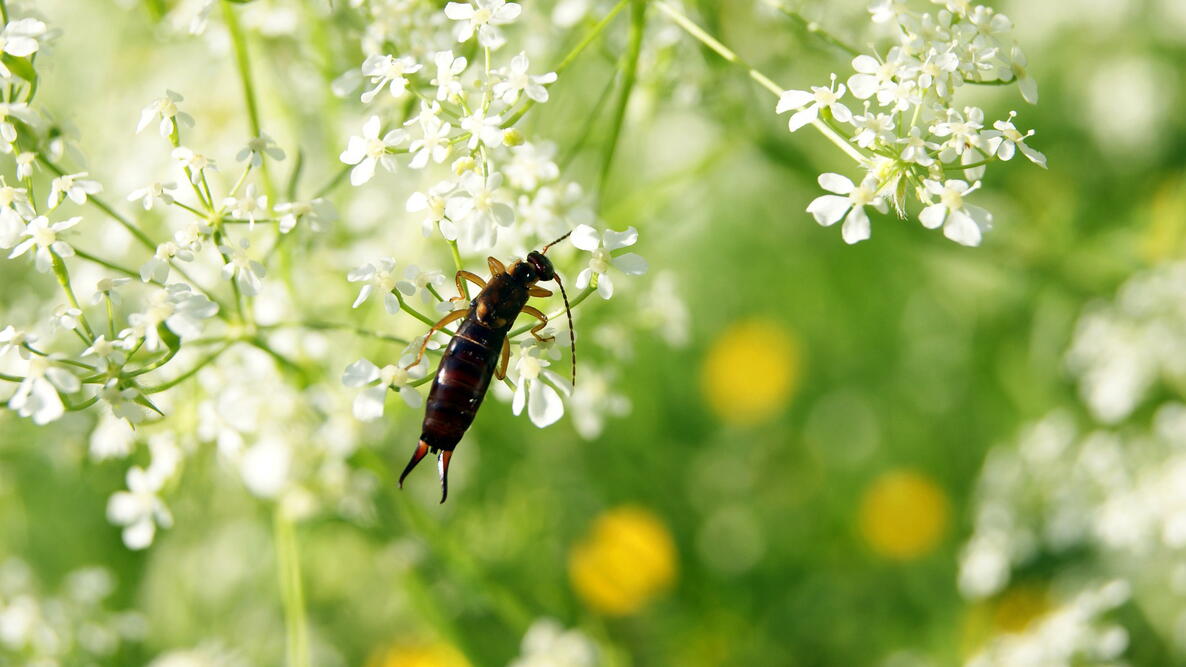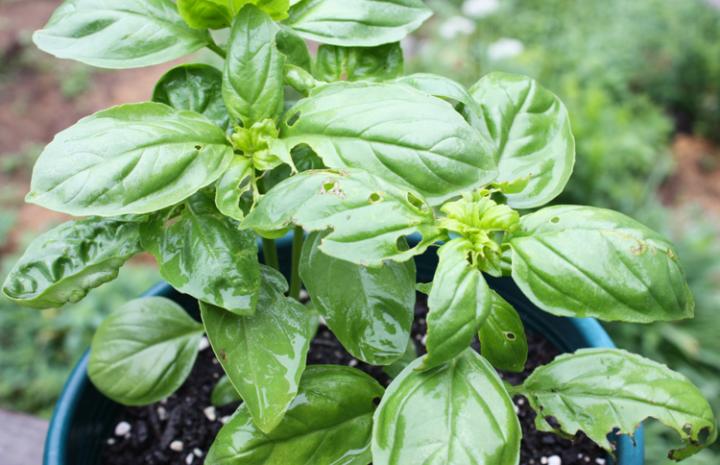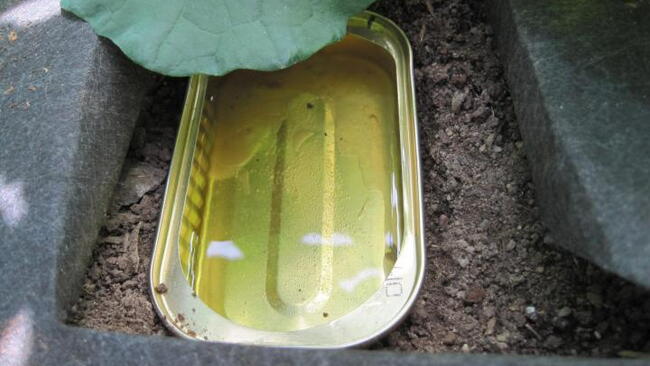
Caption
Learn how to get rid of your earwigs or pincher bugs with these tips.
Subhead
Tips for Keeping Earwigs Out of Your Home and Garden
Read Next
Gardening Products
I grew up in Southern California, near the coast. One summer, probably late 70's, there was an incredible abundance of them and they were flying everywhere! Absolutely horrifying! The stuff of nightmares. I've hated them ever since. We kids stayed inside until they started dying off, it was so bad - and we NEVER stayed inside for anything else, lol. My Dad remembered that summer until the day he died. Whenever I tell folks about them flying they don't believe me! Lol.
They’re nasty lil buggers!
I dislike them as much as I despise ☭тЯ☭мр’☭!!!
It’s Memorial Day, say a prayer 🙏🏼 for are fallen ✝️ Hero’s! 🇺🇸
Resist Fascism and Authoritarianism which is currently eating away of our Democracy!
What Parler Saw During the Attack on the Capitol | ProPublica 1/6/2021 500 + VIDEOS
https://projects.propublica.org/parler-capitol-videos/
This is supposed to be a forum to talk about gardening not politics. I think your comments are vile and I know we don’t agree. But the beautiful thing about the USA is we have freedoms that other countries don’t have. So please let’s talk about gardening .
I FOUND OUT ANOTHER WAY TO CATCH EARWIGS AND IT WORKS VERY WELL. I use dry dog kibble or cat kibble as bait, use about a small hand full of kibble and put it into a stainless steel bowel or glass bowl about 3 inches deep. make sure the sides of the bowl have straighter sides (not angled to deeply). The bugs can get out much easier with an angled side. Place the bowl into a depression of the soil so it has easy access to the top of the rim. The thing I have noticed is the earwigs do not get out when the sun comes up in the morning. they just hide under the kibble. The bugs seem groggy after eating the kibble, so they do not run away very quickly. I can catch about 50 bugs a night this way. I then dump all the bugs into a bucket of water and let them drown. Use as many bowels as you see fit for the size of your garden. If you find that my method works please pass it on to as many gardeners as you can. Do a Youtube about it if you are gifted. Happy gardening.
All of these comments are making me itch!!
The next time I kvetch about how I can't grow certain moisture/humidity-loving plants here in the dry So-Calif desert like I did in PA, I will remember these comments.
I got the heebie jeebies!!!
Right...so true lol
An upturned flowerpot loosely stuffed with straw or similar on a short cane will attract them. You can collect earwigs and feed then to your chickens if you keep them. If earwigs are a problem inside keep your upstairs windows closed in the evening as they’ll fly in.
Earwigs fly?
We have a rather large colony of earwigs at our house. They are around the foundation and under the siding. If you bang on the siding they will fall out by the hundreds. So I think they do have colonies. Also we have an old apple orchard and they r in the base of the trees by the hundreds every year
- « Previous
- 1
- 2
- …
- 10
- Next »












Comments